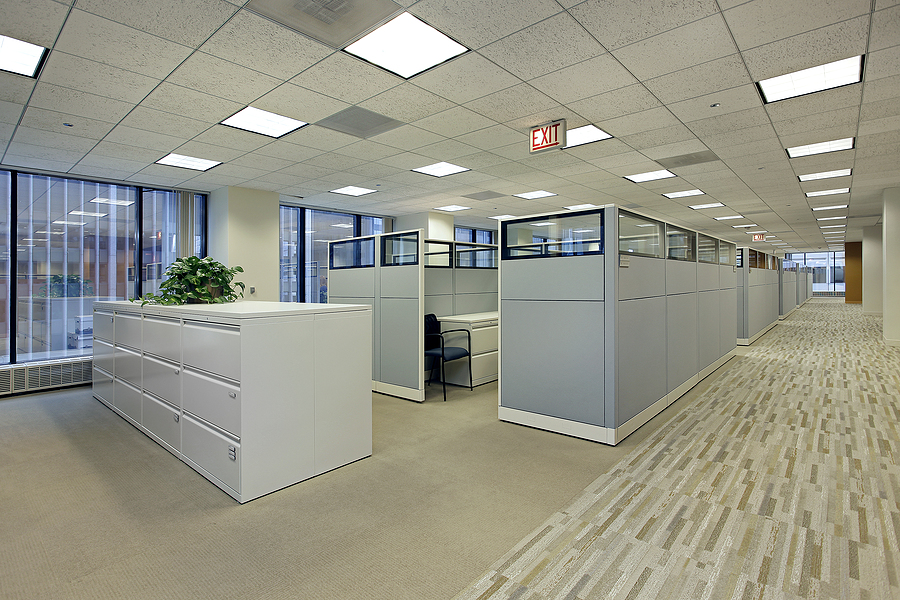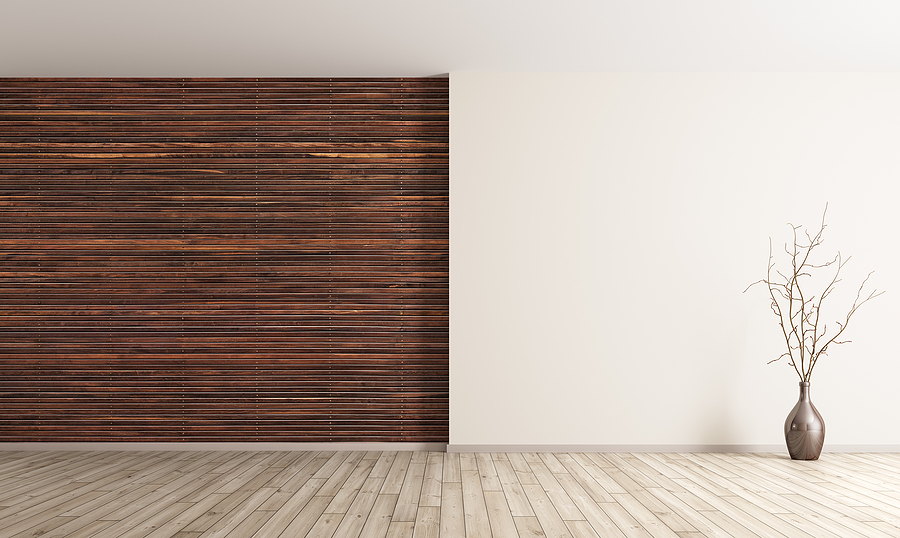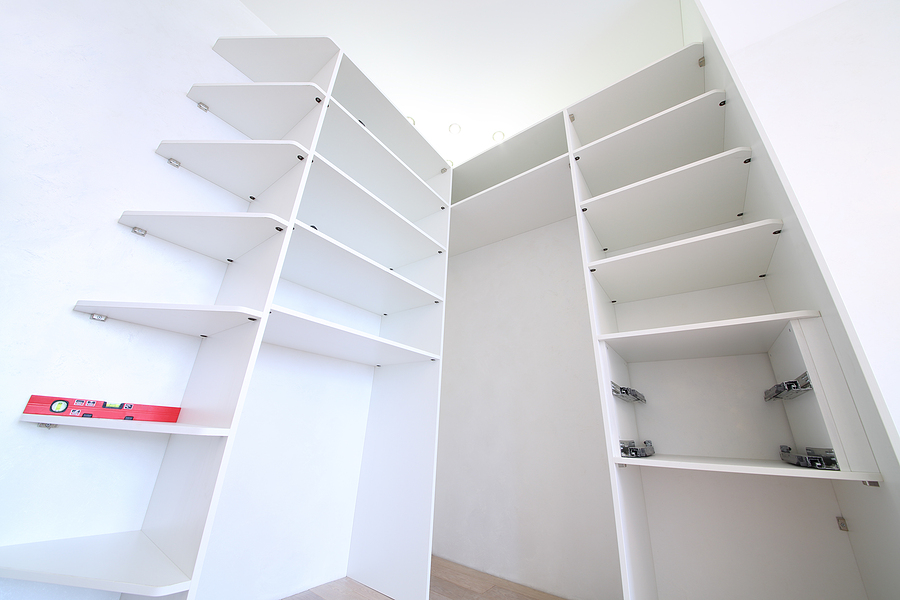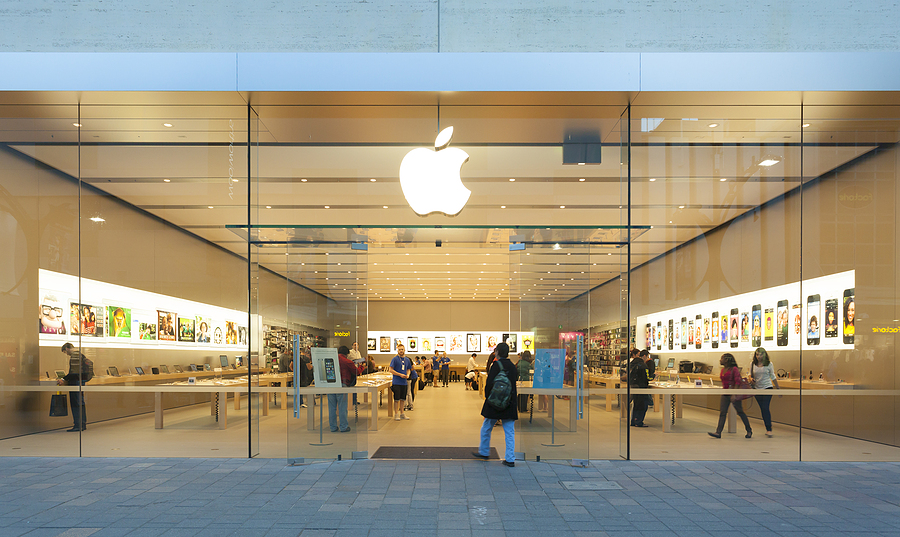An office is more than just a place of work; it’s the heart of your business operations. The design and feel of your workspace can significantly impact employee productivity, morale, and even how clients perceive your brand. A dated or poorly designed office can hinder collaboration and project an unprofessional image. A modern, professional office remodel is an investment in your company’s future, culture, and success.
However, undertaking a commercial renovation can feel like a monumental task. Business owners often worry about budget overruns, disruptions to daily operations, and the stress of managing a complex project. This guide provides actionable tips to navigate the commercial office remodeling process, from initial planning to post-remodel maintenance. We will walk you through creating a workspace that is not only beautiful but also functional, fostering a culture of professionalism and efficiency.
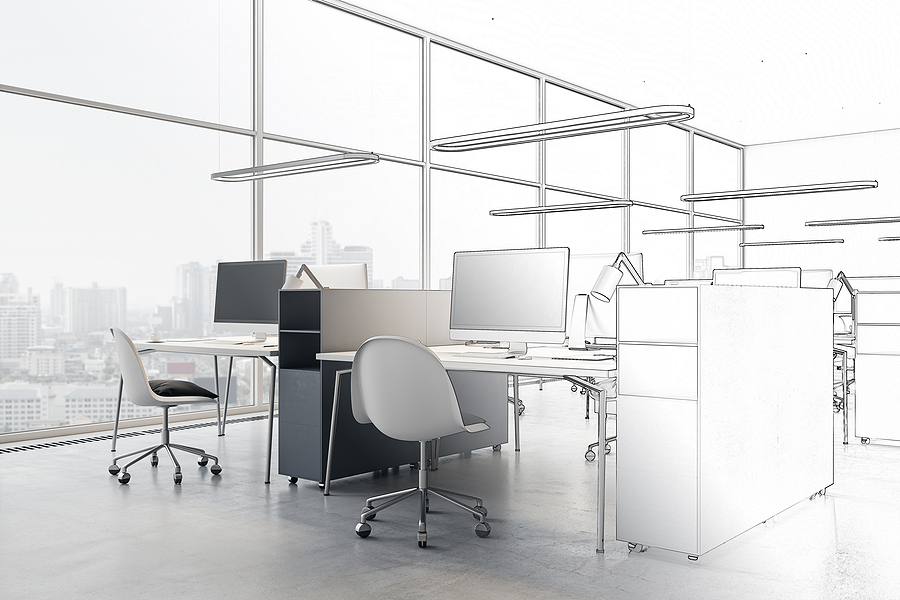
Planning Your Professional Office Remodel
A successful office remodel begins with a solid plan. Rushing into a project without clear goals can lead to costly mistakes and a final result that doesn’t meet your needs.
Setting Goals and Defining Your Vision
Before you look at paint swatches or furniture catalogs, ask yourself what you want to achieve with this remodel. Are you looking to:
- Improve workflow and collaboration?
- Enhance employee well-being and morale?
- Impress clients and project a more professional brand image?
- Attract and retain top talent?
- Accommodate a growing team?
Your goals will guide every decision you make. For example, if collaboration is a priority, an open-concept layout might be the best choice. If employee well-being is the focus, incorporating natural light and dedicated break areas becomes essential.
Smart Budgeting for Your Commercial Renovation
Budgeting is often the most stressful part of a commercial office remodeling project. Unexpected costs can derail even the best-laid plans. To stay on track, consider these tips:
- Prioritize Needs vs. Wants: Create a list of essential features and another for “nice-to-have” items. This helps you allocate funds to what matters most.
- Get Multiple Quotes: Don’t settle for the first bid. Solicit detailed quotes from several commercial general contractors to ensure you’re getting a competitive price.
- Build a Contingency Fund: Set aside 10-20% of your total budget for unexpected expenses. This buffer will prevent a minor issue from becoming a major financial crisis.
- Explore Long-Term Savings: Investing in energy-efficient lighting (like LEDs) and modern HVAC systems may have a higher upfront cost but will save you money on utility bills for years to come.
- Consider Phased Remodeling: If your budget is tight, you can break the project into smaller phases. This spreads the cost over time and minimizes disruption to your business.
View Our Office Remodeling Solutions! ✨
Designing a Modern and Professional Office
The design of your office communicates your company’s culture and values. A modern, professional design balances aesthetics with functionality to create an environment where employees can thrive.
Key Elements of Modern Office Design
- Open-Concept Layouts: Removing physical barriers encourages communication and teamwork. This layout fosters a sense of community and can make a small space feel larger.
- Natural Light and Greenery: Maximize natural light wherever possible, as it has been shown to boost mood and productivity. Incorporating indoor plants and living walls improves air quality and adds a touch of nature, creating a calmer atmosphere.
- Minimalist Aesthetic: A clean, uncluttered look promotes focus and reduces stress. Opt for minimalist furniture, neutral color palettes, and smart storage solutions to keep workspaces tidy.
- Tech-Enabled Spaces: Modern offices need modern technology. Equip meeting rooms with high-quality video conferencing systems, interactive whiteboards, and easy-to-access power outlets.
- Dedicated Break Areas: Create spaces where employees can relax and recharge. These can range from a comfortable lounge with coffee stations to quiet rooms for focused work or meditation.
Embracing Sustainability
A commitment to sustainability is not only good for the planet but also enhances your brand’s reputation. Consider incorporating eco-friendly elements into your office design:
- Use recycled or reclaimed materials for flooring and finishes.
- Choose low-VOC (volatile organic compound) paints to improve indoor air quality.
- Install water-saving fixtures in restrooms and kitchens.
- Seek green building certifications like LEED to demonstrate your commitment to environmental responsibility.
Executing Your Commercial Remodeling Project
With a solid plan and design in place, it’s time to bring your vision to life. The execution phase is where having the right team becomes critical.
Hiring the Right Commercial General Contractors
Selecting the right contractor can make or break your project. A poor choice can lead to delays, shoddy workmanship, and budget overruns. When vetting potential contractors, be sure to:
- Check Licensing and Insurance: Verify that they are properly licensed and insured to protect your business from liability.
- Review Their Portfolio and References: Look at their past work on similar commercial office remodeling projects and speak with former clients about their experience.
- Get Detailed Contracts: A thorough contract should outline the project scope, timeline, payment schedule, and materials to be used. This prevents misunderstandings down the line.
- Establish Clear Communication: Ensure there is a clear point of contact and a plan for regular updates. Good communication is key to keeping the project on track.
- Ask About Project Management: Understand their process for managing timelines, coordinating subcontractors, and handling any issues that arise.
For businesses in Central Indiana, choosing an experienced firm like BAF Corporation can ensure superior results and a smooth remodeling process.
Navigating Permits and Regulations
Commercial remodeling involves navigating a web of legal requirements. A knowledgeable contractor will handle this for you, but it’s important to be aware of what’s involved:
- Building Permits: Often required for any structural, electrical, or plumbing work.
- ADA Compliance: Your office must be accessible to people with disabilities.
- Fire Safety Codes: Specific requirements for alarms, sprinklers, and fire-resistant materials must be met.
Attempting to bypass these regulations can result in hefty fines and the need for expensive rework.
After the Dust Settles: Maintaining Your New Space
The work isn’t over once the construction is complete. Proper maintenance is essential to protect your investment and keep your new office looking its best.
- Establish a Cleaning Schedule: Implement a regular, thorough cleaning routine.
- Create a Preventive Maintenance Plan: Schedule regular inspections for HVAC systems, plumbing, and other equipment to catch issues early.
- Encourage Employee Responsibility: Create simple guidelines to help employees keep their workspaces and common areas clean.
- Address Repairs Promptly: Fix any damage or wear and tear as soon as it appears to prevent small problems from becoming big ones.
Final Thoughts
A professional office remodel is a powerful tool for transforming your business. It enhances your brand, boosts employee morale, and drives productivity. By planning carefully, designing thoughtfully, and hiring the right team, you can create a workspace that inspires creativity and positions your company for future growth.
If you’re ready to revitalize your office and create a modern, professional environment, our team is here to help. Contact BAF Corporation today for a consultation and let’s start building the future of your workspace.
Talk to a General Contractor Now
Related Post: Silence is Golden: Noise Reduction Solutions for Professional Office Spaces

